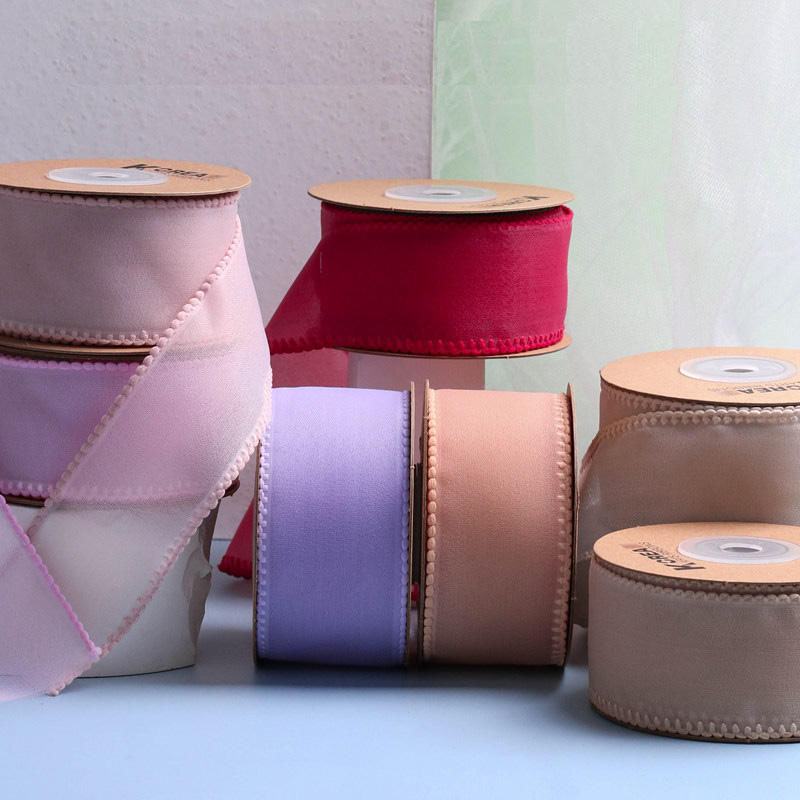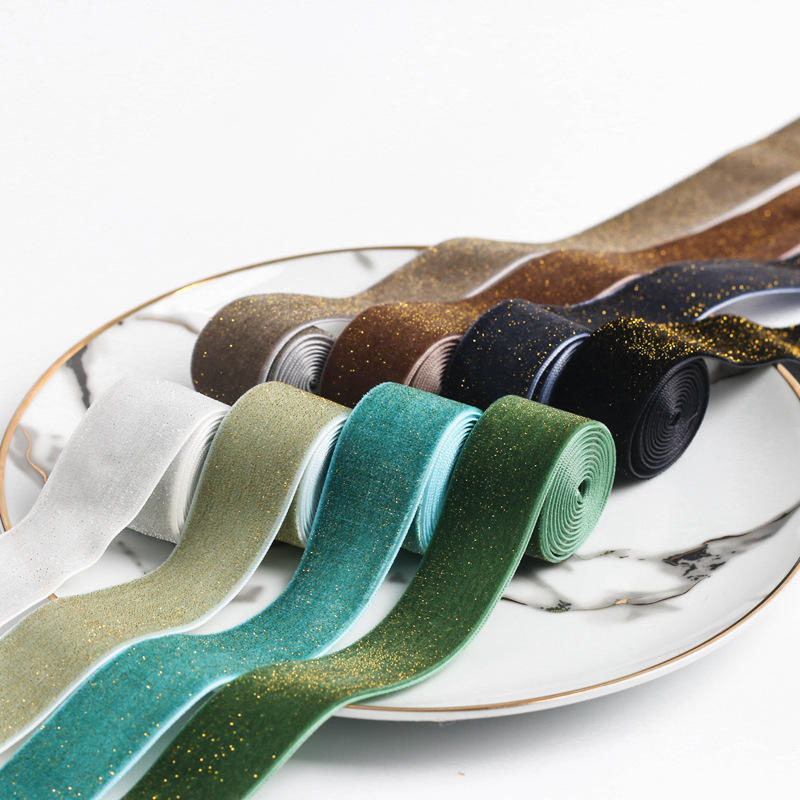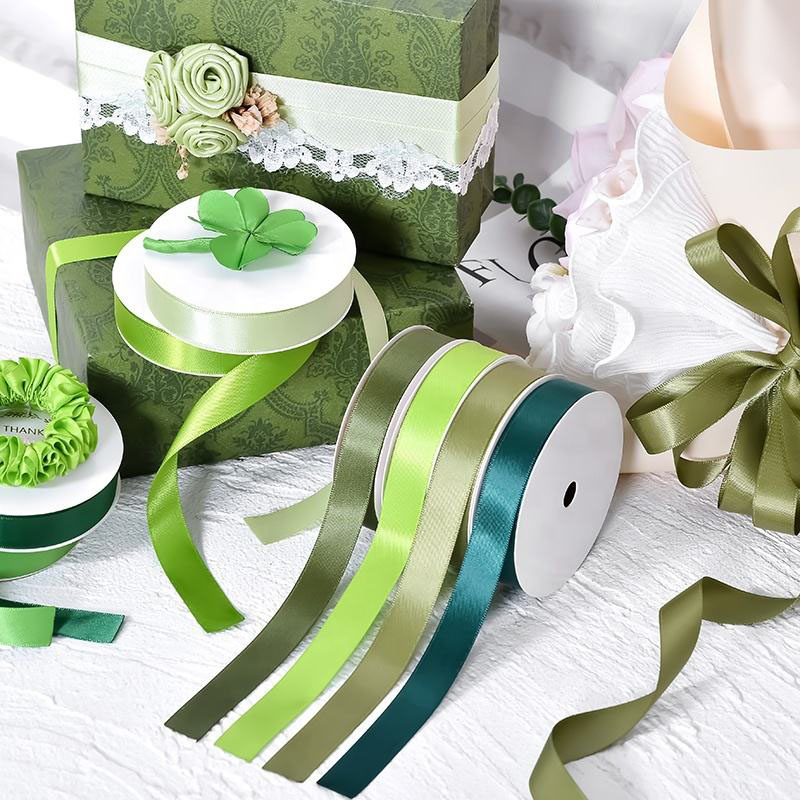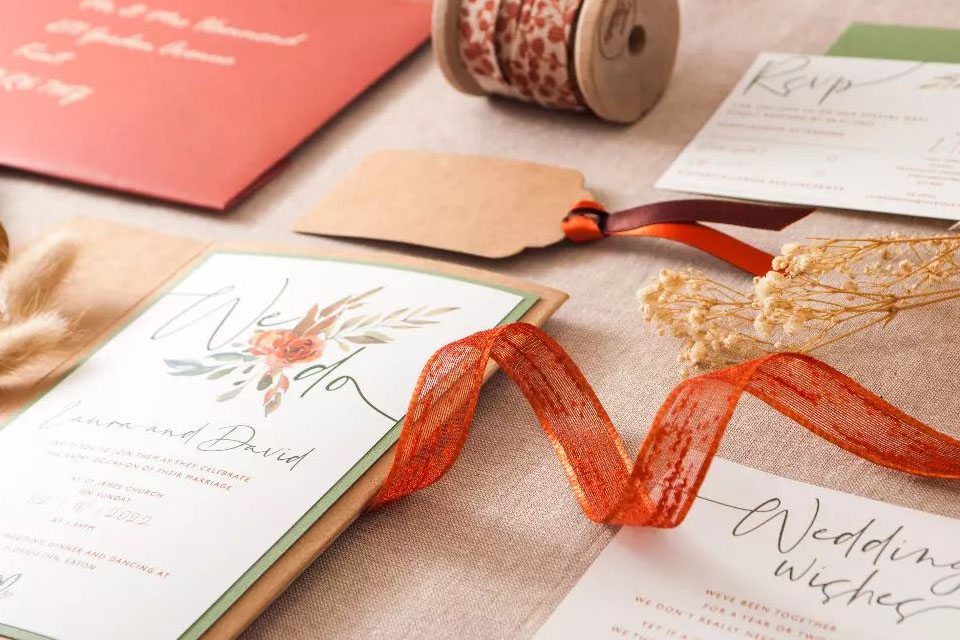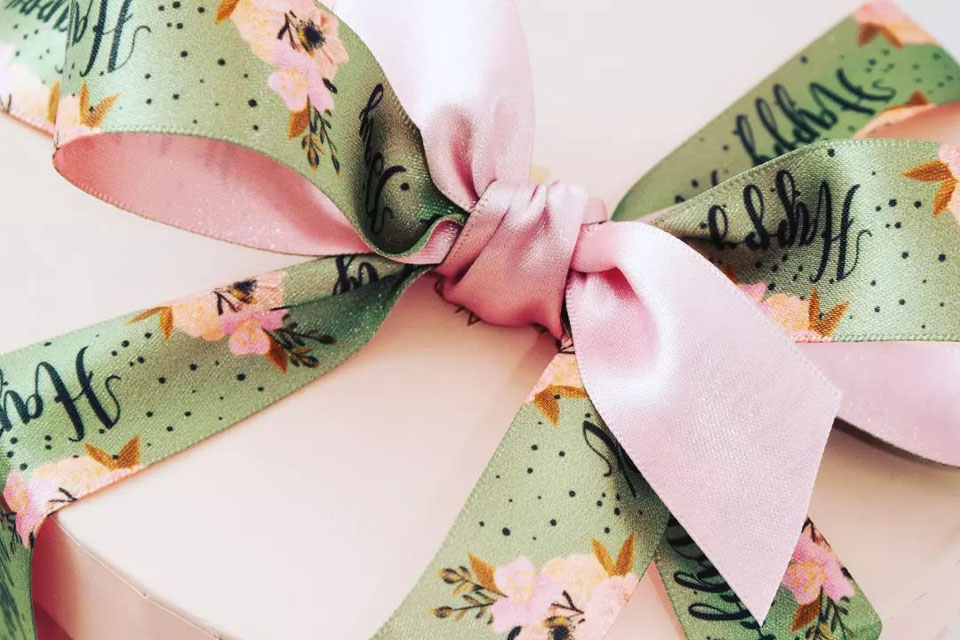
Få de nyeste trends og viden fra den førende producent i Kina om båndbranchen.
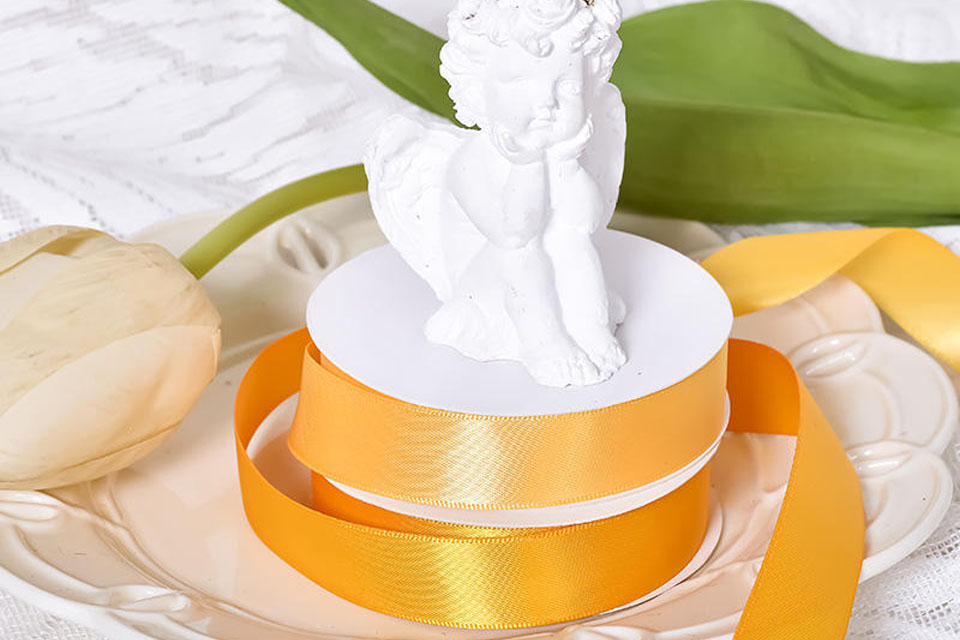
Guide til båndhåndværk: Forvandl bånd til kunst og brugsgenstande
Bånd, som ofte forbindes med gaveindpakning og dekoration, er langt mere alsidige, end de ser ud til.

Skab fantastiske kranse af tyl: En omfattende guide
At sætte et personligt præg på din indretning behøver ikke at koste en formue. Når du laver din egen tylkrans, kan du designe en unik og omkostningseffektiv dekoration, der passer perfekt til enhver årstid eller begivenhed.

Eksperttips til at pynte dit træ med bånd
Højtiden er en magisk tid, og der er ikke noget, der udtrykker den ånd som et smukt pyntet juletræ.




